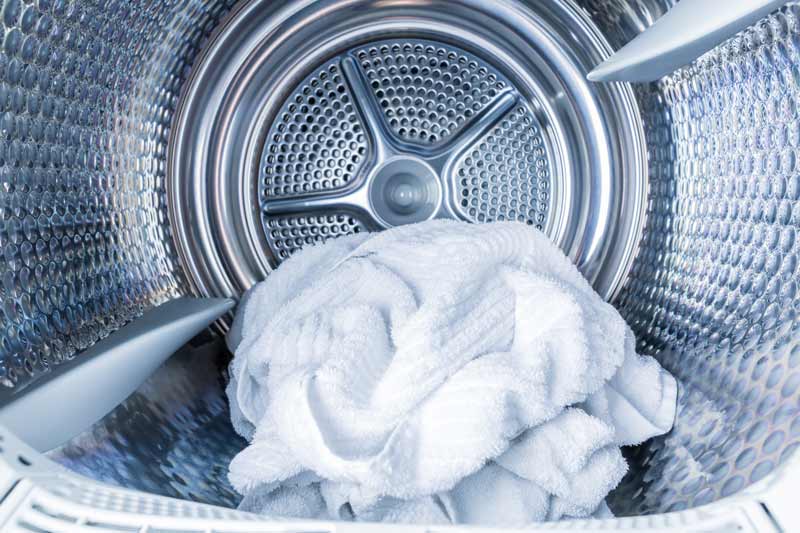Are you having issues with your Samsung dryer? No worries; many homeowners encounter these problems from time to time. In this article, we’ll provide some common Samsung dryer troubleshooting steps so you can identify and address these problems – be they simple fixes or more involved solutions – quickly.
Samsung dryers are known for their efficiency and dependability; however, like any appliance they can develop issues over time. This article serves as a step-by-step guide on how to resolve common issues so your Samsung dryer functions optimally.

Before undertaking more complex troubleshooting steps, it’s essential to conduct some basic checks and precautions. Check that the dryer is properly connected, including no tripped circuit breakers; check whether its door has fully shut as most dryers have safety mechanisms that will stop operation if there’s even the slightest chance it hasn’t closed completely; ensure if any sensors detect that any parts have become loose – all these may lead you down an unpleasant road of repair and troubleshooting!
Troubleshooting Common Dryer Problems
No Power or Display If your Samsung dryer doesn’t seem to power on or display lights, start by double-checking its source power source and circuit breaker. If these appear normal, thermal fuse or control board issues could be to blame; consult user manual or professional services for assistance if the issue remains.
One common dryer-related issue involves running it but failing to produce heat. This could be caused by an issue with its heating element, thermostat or thermal fuse – in such instances it would be wise to turn the machine off first and assess their continuity before replacing any necessary parts as soon as possible.
Does Your Dryer Make Excessive Noise Are your dryer making more noise than usual? The cause may lie within its components such as its drum roller, idler pulley or blower wheel which could become worn over time and create excessive noise levels. Lubrication as well as replacement when necessary is advised for these parts in order to minimize noise emissions and lower levels.
When your drum doesn’t spin as it should be, the problem could lie with either its drive belt or motor – check these components and replace if necessary before proceeding with repairs or attempted maintenance work. Remember to disconnect power before beginning any repair procedures.
Overheating Issues An overheated dryer can be dangerous. To ensure proper ventilation and protect yourself against fire hazards, clean the lint filter regularly while checking ventilation systems regularly for potential obstructions or issues like malfunctioning thermostats or blocked vents. In any event, address these concerns promptly to avoid fire risks.
Maintaining Your Samsung Dryer Step Four Clean the Lint Filter mes Regular lint filter cleanings are crucial to effective drying and avoiding overheating of the machine, so remove and clean it after each load with either brushing or running water to ensure efficient performance and avoidance of potential overheating problems.
Checking Your Ventilation System
Clogged vents can significantly decrease drying performance and pose safety threats, so be sure to inspect both internal and exterior vents regularly, clearing any build-up of lint build-up to maintain proper airflow.
Care of the Exterior on Dryers
Regularly wipe down the exterior of your dryer using a damp cloth in order to keep it free from dust accumulation, but avoid harsh cleaners that could potentially compromise its finish.
DIY Repairs Vs Professional Help
While certain dryer issues can be addressed using DIY methods, others require professional expertise and assistance from qualified technicians to avoid further damage to the machine. When in doubt or uncomfortable troubleshooting and repairs yourself it is always wiser to consult an expert technician as he/she will know more than anyone about how best to address these problems and prevent further damages to occur.
Follow these Samsung dryer troubleshooting steps and you can identify and address common problems quickly and effectively. Regular maintenance will not only extend its lifespan but will ensure its safe, efficient performance as well.


















